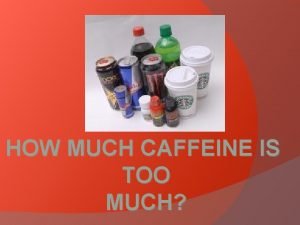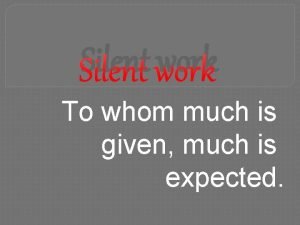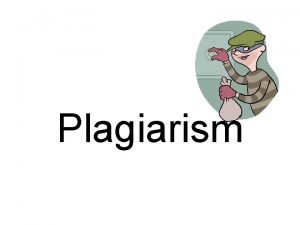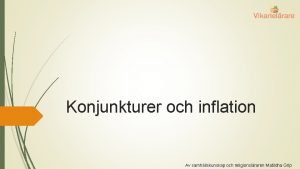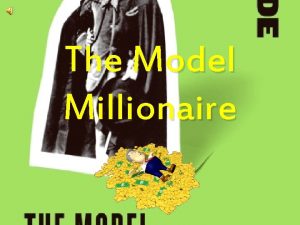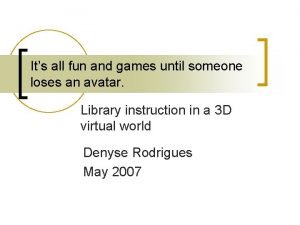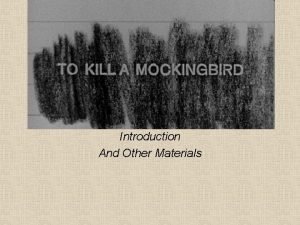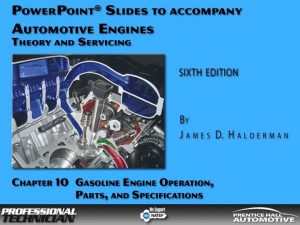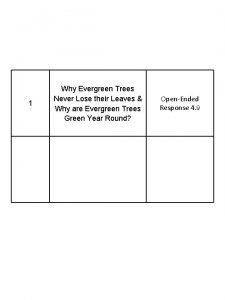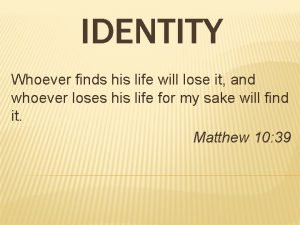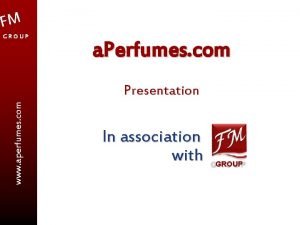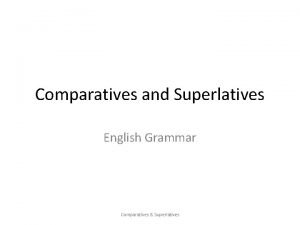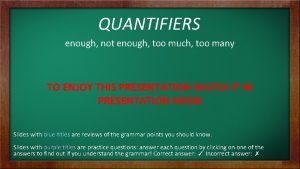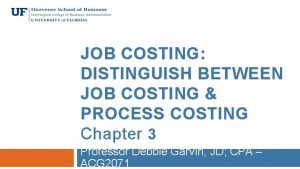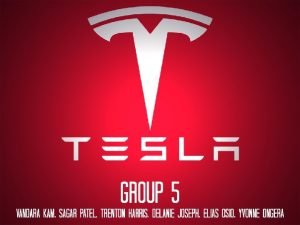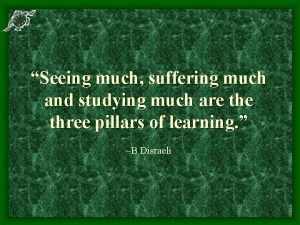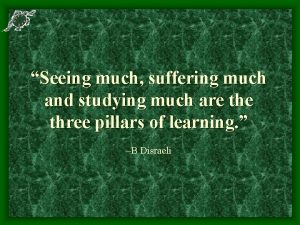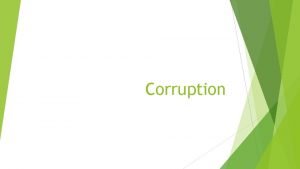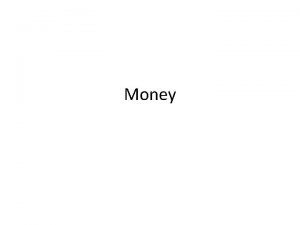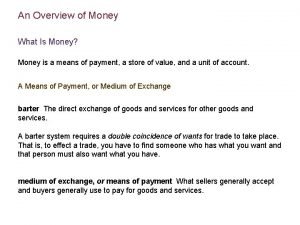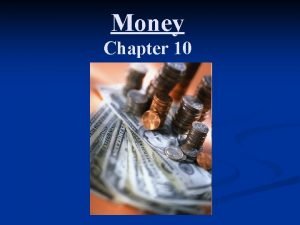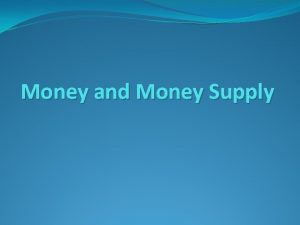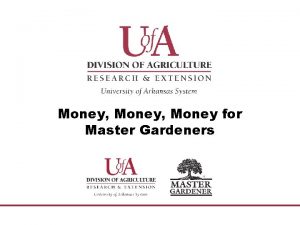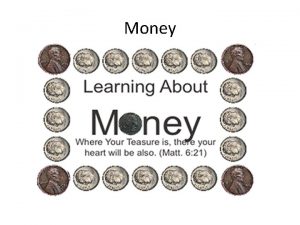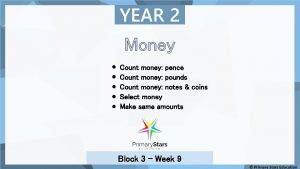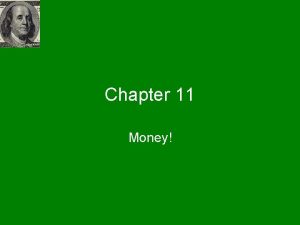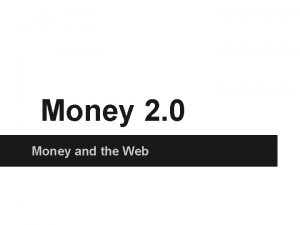He who loses money loses much He who

























- Slides: 25

He who loses money, loses much; He who loses a friend, loses much more; He who loses faith, loses all.

VALUATION METHODS

Discounted Dividend Model • Value of a stock is the present value of the future dividends expected to be generated by the stock.

Constant Growth Stock § § A stock whose dividends are expected to grow forever at a constant rate, g. D 1 = D 0(1 + g)1 D 2 = D 0(1 + g)2 Dt = D 0(1 + g)t If g is constant, the discounted dividend formula converges to:

What happens if g > ks? • If g > ks, the constant growth formula leads to a negative stock price, which does not make sense. • The constant growth model can only be used if: – ks > g. – g is expected to be constant forever. Don’t forget this on exam day!!

Example: Use the SML to Calculate the Required Rate of Return (ks) and then calculate Night Gallery’s Stock Price • Assume the following information: • Night Gallery just paid a dividend of $2. 00 which is expected to grow at a constant 6% per year. • The risk free rate rf = 7%, • The return on the market rm = 12%, and • Night Gallery’s Beta = 1. 2, • What is the required rate of return on the firm’s stock? • What is Night Gallery’s current stock price?

Example: Use the SML to Calculate the Required Rate of Return (ks) and then calculate Night Gallery’s Stock Price • rf = 7%, rm = 12%, and b = 1. 2, what is the required rate of return on the firm’s stock? ks = rf + (rm – rf)b = 7% + (12% – 7%)1. 2 = 13% Note that (rm – rf)=RPM Market Risk Premium, be careful on what you are given

Find the Expected Dividend Stream for the Next 3 Years and Their PVs D 0 = $2 and g is a constant 6%. 0 g = 6% D 0 = 2. 00 1 2 2. 12 2. 247 1. 8761 1. 7599 1. 6509 rs = 13% 3 2. 382

What is the Night Gallery’s intrinsic value? Using the constant growth model:

§ What is the expected market price of the stock, one year from now? D 1 will have been paid out already. So, P 1 is the present value (as of Year 1) of D 2, D 3, D 4, etc. § Could also find expected P 1 as:

Find Expected Dividend Yield, Capital Gains Yield, and Total Return During First Year • Dividend yield = D 1/P 0 = $2. 12/$30. 29 = 7. 0% • Capital gains yield = (P 1 – P 0)/P 0 = ($32. 10 – $30. 29)/$30. 29 = 6. 0% • Total return (rs) = Dividend yield + Capital gains yield = 7. 0% + 6. 0% = 13. 0%

What would the expected price today be, if g = 0? The dividend stream would be a perpetuity. 0 rs = 13% 1 2 3 2. 00

Supernormal Growth: • What if Night Gallery were going to rapidly grow g = 30% for 3 years before achieving long-run growth of 6%? • Can no longer use just the constant growth model to find stock value. • However, the growth does become constant after 3 years.

Valuing common stock with nonconstant growth D 0 = $2. 00 0 r = 13% s 1 g = 30% D 0 = 2. 00 2. 600 2 3 g = 30% 3. 380 4. 394 4 g = 6% . . . 4. 658 2. 301 2. 647 3. 045 46. 114 ^ 54. 107 = P 0 P$ 3 = 4. 658 0. 13 - 0. 06 = $66. 54

Valuing Common Stock with Nonconstant Growth 0 r = 13% s g = 30% D 0 = 2. 00 2. 301 2. 647 3. 045 46. 114 54. 107 = 2. 600 1 2 g = 30% 3. 380 3 g = 30% 4. 394 4 g = 6% 4. 658

Ramirez Company • Ramirez Company is a great corporation going through an accelerated growth period. Its last dividend was 1. 20. The CFO, Dr. Ramirez, expects that the dividend growth rate will be 30% for the next 5 years, after which dividends are expected to grow at a rate of 3% forever. You searched yahoo finance and found that the Beta for the company is 1. 15. Additionally, you know that the risk free rate is 6%, and that the return on the market is 10%. What is the current stock price for Ramirez Company? Hint, you may want to start by using the CAPM, SML.

Book problems • • • 6 -1 6 -2 6 -7 6 -8 6 -9

Corporate Valuation Model • Also called the free cash flow method. Suggests the value of the entire firm equals the present value of the firm’s free cash flows. • Remember, free cash flow is the firm’s after-tax operating income less the net capital investment.

A word about free cash flows • What we should do… • What we end up doing…

Applying the Free Cash Flow Model 1. Find the market value (MV) of the firm, by finding the PV of the firm’s future FCFs. 2. Subtract MV of firm’s debt and preferred stock (if any) to get MV of common stock. 3. Divide MV of common stock by the number of shares outstanding to get intrinsic stock price (value).

Issues Regarding the Corporate Valuation Model • Often preferred to the discounted dividend model, especially when considering number of firms that don’t pay dividends or when dividends are hard to forecast. • Similar to discounted dividend model, assumes at some point free cash flow will grow at a constant rate. • Horizon value (HVN) represents value of firm at the point that growth becomes constant.

Assume the following information 0 1 2 3 -5 10 20 A company has these cash flows, additionally you know that FCF will grow at a constant 6% rate after year 3. Assume also that k=10% and that the company has %40 million in debt. Finally, there are 10 million shares outstanding 9 -22 4

Use the Corporate Valuation Model to Find the Firm’s Intrinsic Value Given: Long-Run g. FCF = 6% and WACC = 10% 0 k= 10% 1 -5 -4. 545 8. 264 15. 026 398. 197 416. 942 2 10 3 20 4 g = 6% 21. 20

What is the firm’s intrinsic value per share? The firm has $40 million total in debt and preferred stock and has 10 million shares of stock.

Asset Betas •
 Money money money team
Money money money team How much
How much To whom much is given much is expected meaning
To whom much is given much is expected meaning How much is too much plagiarism
How much is too much plagiarism Too much money is chasing too few goods
Too much money is chasing too few goods How was the appearance of hughie erskine
How was the appearance of hughie erskine How much money
How much money How much money is in my piggy bank
How much money is in my piggy bank Great gatsby meaning
Great gatsby meaning Symbolism in great gatsby
Symbolism in great gatsby Old money vs new money
Old money vs new money Money smart money match
Money smart money match Money on money multiple
Money on money multiple Parvenau
Parvenau What will happen if tom robinson loses his last appeal?
What will happen if tom robinson loses his last appeal? Grover unexpectedly loses his pants
Grover unexpectedly loses his pants Engine rotation direction from front
Engine rotation direction from front Trees never shed their leaves
Trees never shed their leaves Genesis 27:1-36
Genesis 27:1-36 Fm group perfumes
Fm group perfumes Superlative friendly
Superlative friendly Plas caerdeon
Plas caerdeon We wish you strength
We wish you strength Quantifiers too much too many enough
Quantifiers too much too many enough Job costing with process costing
Job costing with process costing How much does a tesla cost
How much does a tesla cost

